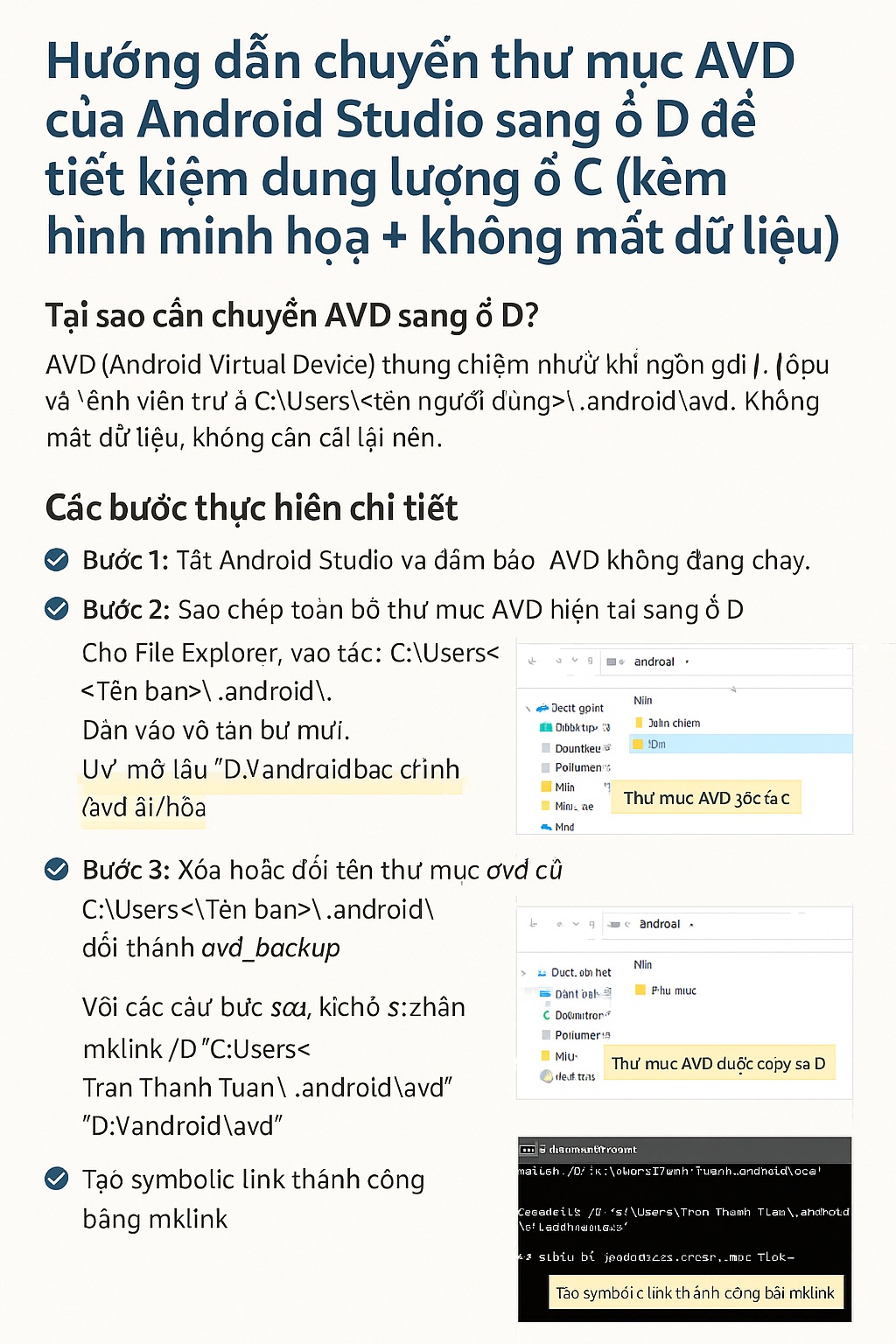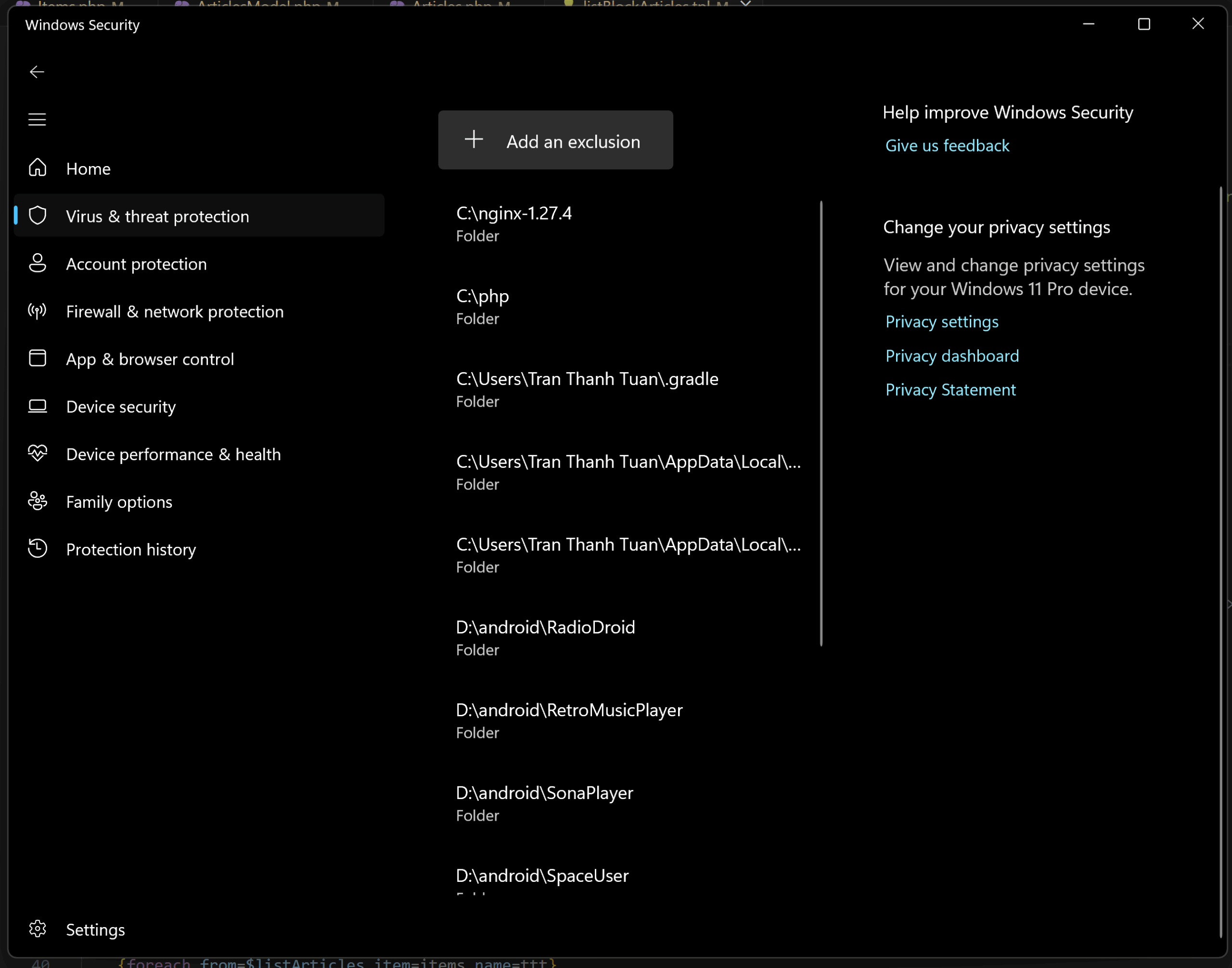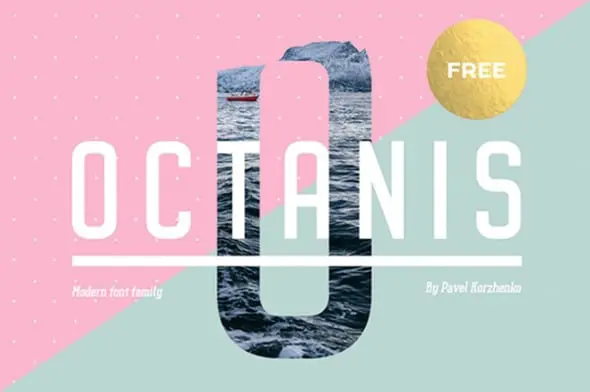Nguyên lý REST và cấu trúc dữ liệu RESTful đã trở thành một phần không thể thiếu trong lĩnh vực lập trình web và phát triển ứng dụng. REST không phải là một công nghệ cụ thể mà là một phương pháp thiết kế API với nguyên tắc tổ chức nhất định. Các nguyên lý này được thiết lập để hướng dẫn lập trình viên trong quá trình xây dựng môi trường xử lý API request một cách toàn diện.
Để có cái nhìn chi tiết hơn về RESTful API, chúng ta sẽ tự từ từ tìm hiểu về các khái niệm như API, REST và RESTful.
RESTful API là gì?
RESTful API là một tiêu chuẩn thiết kế API cho các ứng dụng web, được tối ưu hóa để quản lý các tài nguyên hệ thống như tệp văn bản, ảnh, âm thanh, video, hoặc dữ liệu động. Tiêu chuẩn này tập trung vào việc sử dụng HTTP để truyền tải và định dạng các trạng thái của các tài nguyên, tạo điều kiện thuận lợi cho quá trình quản lý.
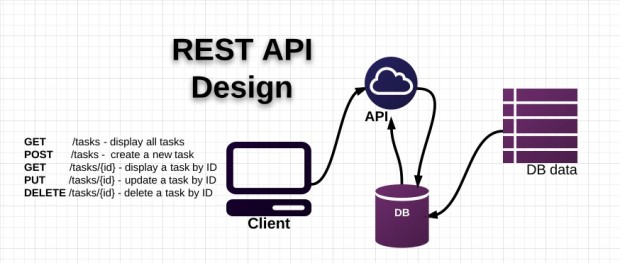
Diễn giải các thành phần
API (Application Programming Interface) là một tập hợp các quy tắc và cơ chế mà thông qua đó, một ứng dụng hoặc một thành phần có thể tương tác với một ứng dụng hoặc thành phần khác. API cung cấp dữ liệu mà bạn có thể tích hợp vào ứng dụng của mình, thường ở các định dạng phổ biến như JSON hoặc XML.
REST (REpresentational State Transfer) là một kiểu kiến trúc dùng để xây dựng API, sử dụng phương thức đơn giản của giao thức HTTP để giao tiếp giữa các máy. Thay vì sử dụng một URL để xử lý các thông tin người dùng, REST gửi các yêu cầu HTTP như GET, POST, DELETE, và các phương thức khác đến một URL để xử lý dữ liệu.
RESTful API là một tiêu chuẩn thiết kế API sử dụng trong ứng dụng web để quản lý các resource. RESTful là một trong những kiểu thiết kế API phổ biến để các ứng dụng khác nhau (web, di động…) có thể giao tiếp với nhau.
Chức năng quan trọng của REST là xác định cách sử dụng các phương thức HTTP (như GET, POST, PUT, DELETE) và cách định dạng URL để quản lý resource trong ứng dụng web. RESTful không đặt ra quy tắc về logic của mã nguồn ứng dụng và không bị giới hạn bởi ngôn ngữ lập trình hay framework cụ thể, bất kỳ ngôn ngữ hoặc framework nào cũng có thể sử dụng để thiết kế một RESTful API.
RESTful hoạt động như thế nào?
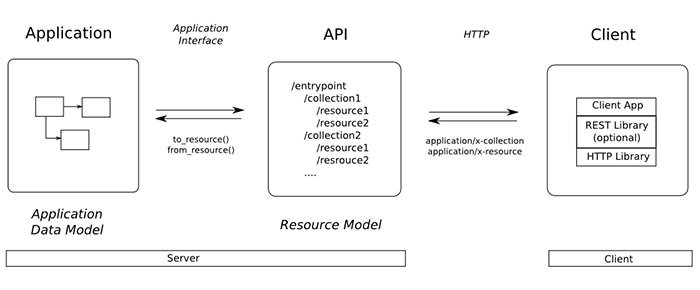
REST hoạt động chủ yếu dựa vào giao thức HTTP. Các hoạt động cơ bản nêu trên sẽ sử dụng những phương thức HTTP riêng.
- GET (SELECT): Trả về một Resource hoặc một danh sách Resource.
- POST (CREATE): Tạo mới một Resource.
- PUT (UPDATE): Cập nhật thông tin cho Resource.
- DELETE (DELETE): Xoá một Resource.
Những phương thức hay hoạt động này thường được gọi là CRUD tương ứng với Create, Read, Update, Delete – Tạo, Đọc, Sửa, Xóa.
Hiện tại đa số lập trình viên viết RESTful API giờ đây đều chọn JSON là format chính thức nhưng cũng có nhiều người chọn XML làm format, nói chung dùng thế nào cũng được miễn tiện và nhanh.
Authentication và dữ liệu trả về
RESTful API không sử dụng session và cookie, nó sử dụng một access_token với mỗi request. Dữ liệu trả về thường có cấu trúc như sau:
{ “data” : { “id”: “1”, “name”: “TopDev” } }
Status code
Khi chúng ta request một API nào đó thường thì sẽ có vài status code để nhận biết sau:
- 200 OK – Trả về thành công cho những phương thức GET, PUT, PATCH hoặc DELETE.
- 201 Created – Trả về khi một Resouce vừa được tạo thành công.
- 204 No Content – Trả về khi Resource xoá thành công.
- 304 Not Modified – Client có thể sử dụng dữ liệu cache.
- 400 Bad Request – Request không hợp lệ
- 401 Unauthorized – Request cần có auth.
- 403 Forbidden – bị từ chối không cho phép.
- 404 Not Found – Không tìm thấy resource từ URI
- 405 Method Not Allowed – Phương thức không cho phép với user hiện tại.
- 410 Gone – Resource không còn tồn tại, Version cũ đã không còn hỗ trợ.
- 415 Unsupported Media Type – Không hỗ trợ kiểu Resource này.
- 422 Unprocessable Entity – Dữ liệu không được xác thực
- 429 Too Many Requests – Request bị từ chối do bị giới hạn
Nên sử dụng Version
Luôn sử dụng version để khi bạn cần nâng cấp API mà vẫn hỗ trợ các API cũ.
Xây dựng API với Laravel
Lấy việc xây dựng api trên Laravel để làm ví dụ, trước khi đi vào ta tổng quan về Http Request.
HTTP Request
HTTP request có tất cả 9 loại method , 2 loại được sử dụng phổ biến nhất là GET và POST
- GET: được sử dụng để lấy thông tin từ server theo URI đã cung cấp.
- HEAD: giống với GET nhưng response trả về không có body, chỉ có header.
- POST: gửi thông tin tới sever thông qua các biểu mẫu http.
- PUT: ghi đè tất cả thông tin của đối tượng với những gì được gửi lên.
- PATCH: ghi đè các thông tin được thay đổi của đối tượng.
- DELETE: xóa tài nguyên trên server.
- CONNECT: thiết lập một kết nối tới server theo URI.
- OPTIONS: mô tả các tùy chọn giao tiếp cho resource.
- TRACE: thực hiện một bài test loop – back theo đường dẫn đến resource.
RESTful Route
Viết Api thì sẽ khai báo router vào file routes/api.php thay vì sử dụng file routes/web.php. Các setting mặc cho file api.php trong laravel:
- Url: những route được khai báo trong file này mặc định có prefix url là api (ví dụ:
topdev.vn/api/products) - Middleware: mặc định sẽ được gán Middleware Group là api, trong file
app/Http/Kernelsẽ thấy 2 middleware thuộc Middleware Group: api là throttle (giới hạn request / time) và bindings (model binding).
Có thể tùy chỉnh giá trị mặc định này trong method mapApiRoutes trong file app/Providers/RouteServiceProvider.php
Tạo các route để thực hiện các thao tác như CRUD (Create, Read, Update, Delete):
// Lấy list sản phẩm Route::get('products', 'Api\ProductController@index')->name('products.index'); // Lấy detail sản phẩm theo id Route::get('products/{id}', 'Api\ProductController@show')->name('products.show'); // Add sản phẩm Route::post('products', 'Api\ProductController@store')->name('products.store'); // Update info sản phẩm theo id # Sử dụng put nếu update toàn bộ các field Route::put('products/{id}', 'Api\ProductController@update')->name('products.update'); # Sử dụng patch nếu update 1 vài field Route::patch('products/{id}', 'Api\ProductController@update')->name('products.update'); // Xóa sản phẩm theo id Route::delete('products/{id}', 'Api\ProductController@destroy')->name('products.destroy');Mặc định route đã được gán middleware bindings, nếu muốn sử dụng model binding trong controller thì chúng ta sửa lại tham số trong route như sau:
Route::get('products/{product}', 'Api\ProductController@show')->name('products.show'); Route::put('products/{product}', 'Api\ProductController@update')->name('products.update'); Route::patch('products/{product}', 'Api\ProductController@update')->name('products.update'); Route::delete('products/{product}', 'Api\ProductController@destroy')->name('products.destroy');Ngoài ra trong laravel cũng hỗ trợ chúng ta 1 cách khai báo ngắn gọn hơn:
//Nếu không muốn sử dụng toàn bộ method trong apiResource mọi người có thể chỉ định sử dụng 1 vài method bằng hàm only Route::apiResource('products', 'Api\ProductController')->only(['index', 'show']); //Hoặc nếu muốn loại bỏ đi 1 số method không dùng thì có thể sử dụng hàm except Route::apiResource('products', 'Api\ProductController')->except(['show', 'update']);Resource Controllers
Tương ứng với các Route RESTful đã khai báo ở trên, đặc biệt nếu dùng method apiResource thì laravel cũng hỗ trợ các method xử lí tương ứng trong controller.
Để tạo ra Resource Controllers chúng ta chạy lệnh sau
php artisan make:controller Api/ProductController -api
File ProductController tạo ra sẽ như sau:
<?php
namespace App\Http\Controllers\Api;
use App\Models\Product;
use Illuminate\Http\Request;
use App\Http\Controllers\Controller;
class ProductController extends Controller
{
/** * Display a listing of the resource. *
* @return \Illuminate\Http\Response
*/
public function index()
{ //
}
/** * Store a newly created resource in storage. *
* @param \Illuminate\Http\Request $request
* @return \Illuminate\Http\Response
*/
public function store(Request $request)
{ //
}
/** * Display the specified resource. *
* @param \App\Models\Product $product
* @return \Illuminate\Http\Response
*/
public function show(Product $product)
{ //
}
/**
* Update the specified resource in storage. *
* @param \Illuminate\Http\Request $request
* @param \App\Models\Product $product
* @return \Illuminate\Http\Response
*/
public function update(Request $request, Product $product)
{ //
}
/**
* Remove the specified resource from storage. *
* @param \App\Models\Product $product
* @return \Illuminate\Http\Response
*/
public function destroy(Product $product)
{ //
}
}
?>Ngoài ra nếu muốn sử dụng model binding khi tạo Resource Controllers thì dùng lệnh bên dưới
php artisan make:controller Api/ProductController --api --model=Models/Product
File ProductController tạo ra sẽ như sau, chúng ta để ý tham số của các method show, update, destroy sẽ thay đổi 1 chút.
<?php
namespace App\Http\Controllers\Api;
use App\Models\Product;
use Illuminate\Http\Request;
use App\Http\Controllers\Controller;
class ProductController extends Controller {
/** * Display a listing of the resource. *
* @return \Illuminate\Http\Response
*/
public function index() { // }
/** * Store a newly created resource in storage. *
* @param \Illuminate\Http\Request $request
* @return \Illuminate\Http\Response
*/
public function store(Request $request) { // }
/** * Display the specified resource. *
* @param \App\Models\Product $product
* @return \Illuminate\Http\Response
*/
public function show(Product $product) { // } /**
* Update the specified resource in storage. *
* @param \Illuminate\Http\Request $request
* @param \App\Models\Product $product
* @return \Illuminate\Http\Response
*/
public function update(Request $request, Product $product) { // } /**
* Remove the specified resource from storage. *
* @param \App\Models\Product $product
* @return \Illuminate\Http\Response
*/
public function destroy(Product $product) { // }
}Demo 1 đoạn code đơn giản trong controller kết hợp với model binding và route apiResource khi xây dựng API:
<?php
namespace App\Http\Controllers\Api;
use App\Http\Controllers\Controller;
use App\Models\Product;
use Illuminate\Http\Request;
class ProductController extends Controller
{ /** * Display a listing of the resource. * * @return Product[]|\Illuminate\Database\Eloquent\Collection */
public function index()
{
return Product::all();
} /** * Store a newly created resource in storage. * * @param Request $request * @return Product|\Illuminate\Database\Eloquent\Model */
public function store(Request $request)
{
return Product::create($request->all());
} /** * Display the specified resource. * * @param Product $product * @return Product */
public function show(Product $product)
{
return $product;
} /** * Update the specified resource in storage. * * @param Request $request * @param Product $product * @return bool */
public function update(Request $request, Product $product)
{
return $product->update($request->all());
} /** * Remove the specified resource from storage. * * @param Product $product * @throws \Exception */
public function destroy(Product $product)
{
$product->delete();
}
}
?>Mặc định khi sử dụng route apiResource thì dữ liệu trả về sẽ tự động được chuyển sang kiểu JSON và sẽ có status tương ứng nên chỉ cần return dữ liệu ra là được.
Còn nếu muốn tùy biến status trả về thì có thể tham khảo cách phía dưới có sử dụng
class Illuminate\Http\Response để lấy status thay vì fix giá trị vào ví dụ như HTTP_OK tương ứng sẽ là 200
<?php
namespace App\Http\Controllers;
use App\Models\Product;
use Illuminate\Http\Request;
use Illuminate\Http\Response;
class ProductController extends Controller
{ /** * Display a listing of the resource. * * @return \Illuminate\Http\JsonResponse */
public function index()
{
$products = Product::all();
return response()->json($products, Response::HTTP_OK);
}
}
?>Khi xây dựng API, bạn có thể cần transform dữ liệu từ controller trước khi trả về cho người dùng ứng dụng của bạn, laravel cũng đã hỗ trợ điều này với Eloquent Resources
Để tạo ra 1 class chuyển đổi chúng ta chạy lệnh sau
php artisan make:resource Product
File app/Http/Resources/Product.php sẽ có nội dung như sau:
<?php
namespace App\Http\Resources;
use Illuminate\Http\Resources\Json\JsonResource;
class Product extends JsonResource
{ /** * Transform the resource into an array. * * @param \Illuminate\Http\Request $request * @return array */
public function toArray($request)
{
return parent::toArray($request);
}
}
?>Mình sẽ tùy chỉnh dữ liệu trả về là chỉ có title và price
<?php
namespace App\Http\Resources;
use Illuminate\Http\Resources\Json\JsonResource;
class Product extends JsonResource
{ /** * Transform the resource into an array. * * @param \Illuminate\Http\Request $request * @return array */
public function toArray($request)
{
return ['title' => $this->title, 'price' => $this->price,];
}
}
?>Ở controller thì mình sẽ sửa lại như sau:
<?php
namespace App\Http\Controllers\Api;
use App\Http\Controllers\Controller;
use App\Models\Product;
use Illuminate\Http\Request;
use App\Http\Resources\Product as ProductResource;
class ProductController extends Controller
{ /** * Display a listing of the resource. * * @return Product[]|\Illuminate\Database\Eloquent\Collection */
public function index()
{
$products = Product::all();
return ProductResource::collection($products);
} /** * Store a newly created resource in storage. * * @param Request $request * @return Product|\Illuminate\Database\Eloquent\Model */
public function store(Request $request)
{
$product = Product::create($request->all());
return new ProductResource($product);
} /** * Display the specified resource. * * @param Product $product * @return Product */
public function show(Product $product)
{
return new ProductResource($product);
} /** * Update the specified resource in storage. * * @param Request $request * @param Product $product * @return bool */
public function update(Request $request, Product $product)
{
return $product->update($request->all());
} /** * Remove the specified resource from storage. * * @param Product $product * @throws \Exception */
public function destroy(Product $product)
{
$product->delete();
}
}
?>Ngoài giới hạn dữ liệu trả về như title hay price, laravel cũng hỗ trợ rất nhiều thứ như thêm relationships, data …, mọi người có thể đọc thêm docs trên Laravel.
Authorization
Hiện tại có 3 cơ chế Authorize chính:
- HTTP Basic
- JSON Web Token (JWT)
- OAuth2
Tùy thuộc vào service của bạn, mà hãy chọn loại Authorize có mức độ phù hợp, cố gắng giữ nó càng đơn giản càng tốt.
CORS Policy
Viết API thì cũng cần chú ý về CORS là gì?
API Document
Ai cũng biết việc viết API docs là cần thiết, tuy nhiên để có một API docs hoàn chỉnh cũng tiêu tốn khá nhiều thời gian. Nhất là trong lúc dự án gấp rút thì mọi người thường chỉ để API docs ở mức siêu cơ bản. Tham khảo thêm cách viết API Document.
API document là một phần tương tự như Unit Test vậy – lấy ngắn để nuôi dài.
Nếu không được chăm sóc kỹ, thì đến lúc maintain hoặc thay đổi spec thì hậu quả sẽ rất thảm khốc, dưới đây là một số lưu ý lúc viết docs:
- Mô tả đầy đủ về params request: gồm những params nào, datatype, require hay optional.
- Nên đưa ra các ví dụ về HTTP requests và responses với data chuẩn.
- Cập nhật Docs thường xuyên, để sát nhất với API có bất cứ thay đổi gì.
- Format, cú pháp cần phải nhất quán, mô tả rõ ràng, chính xác.
